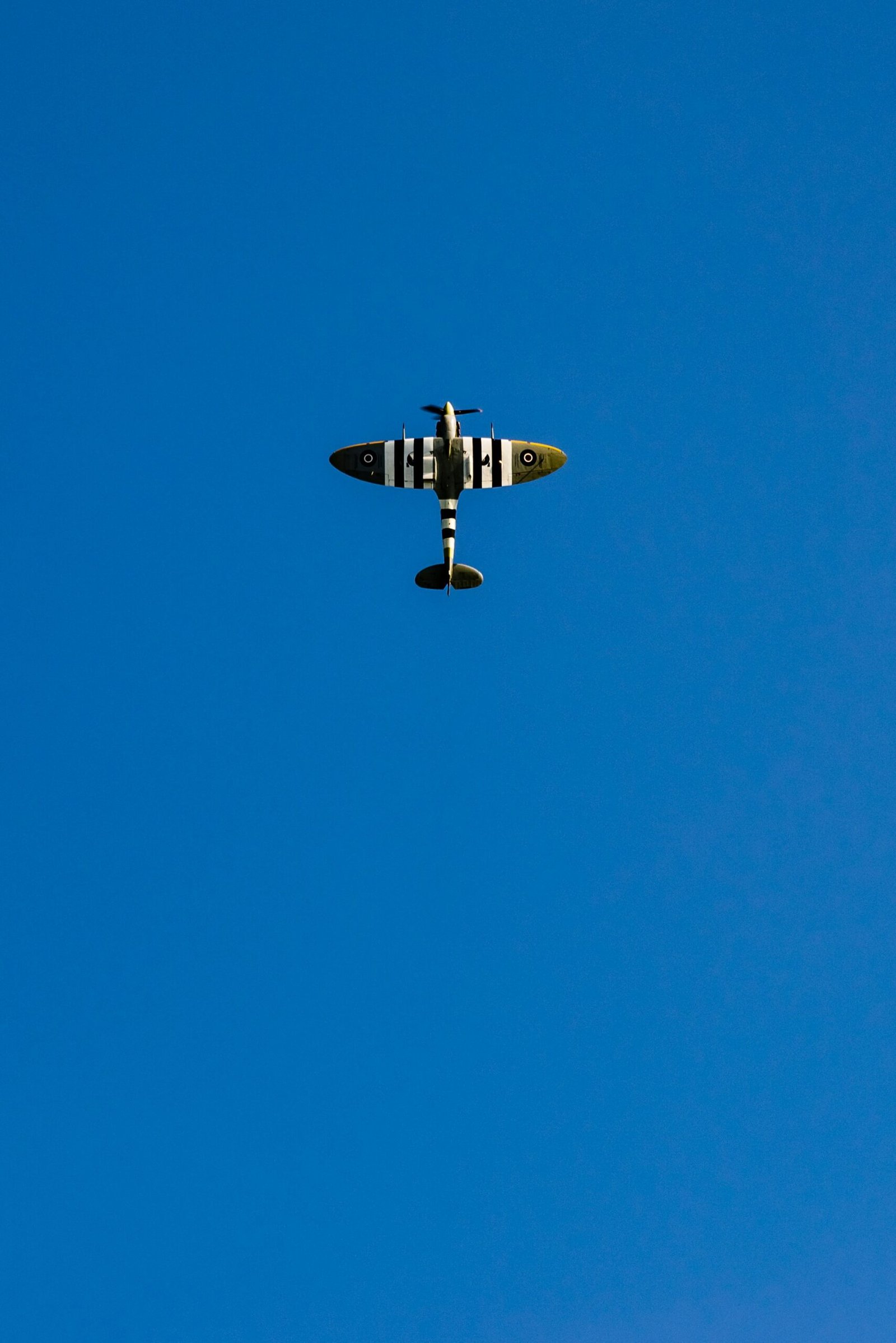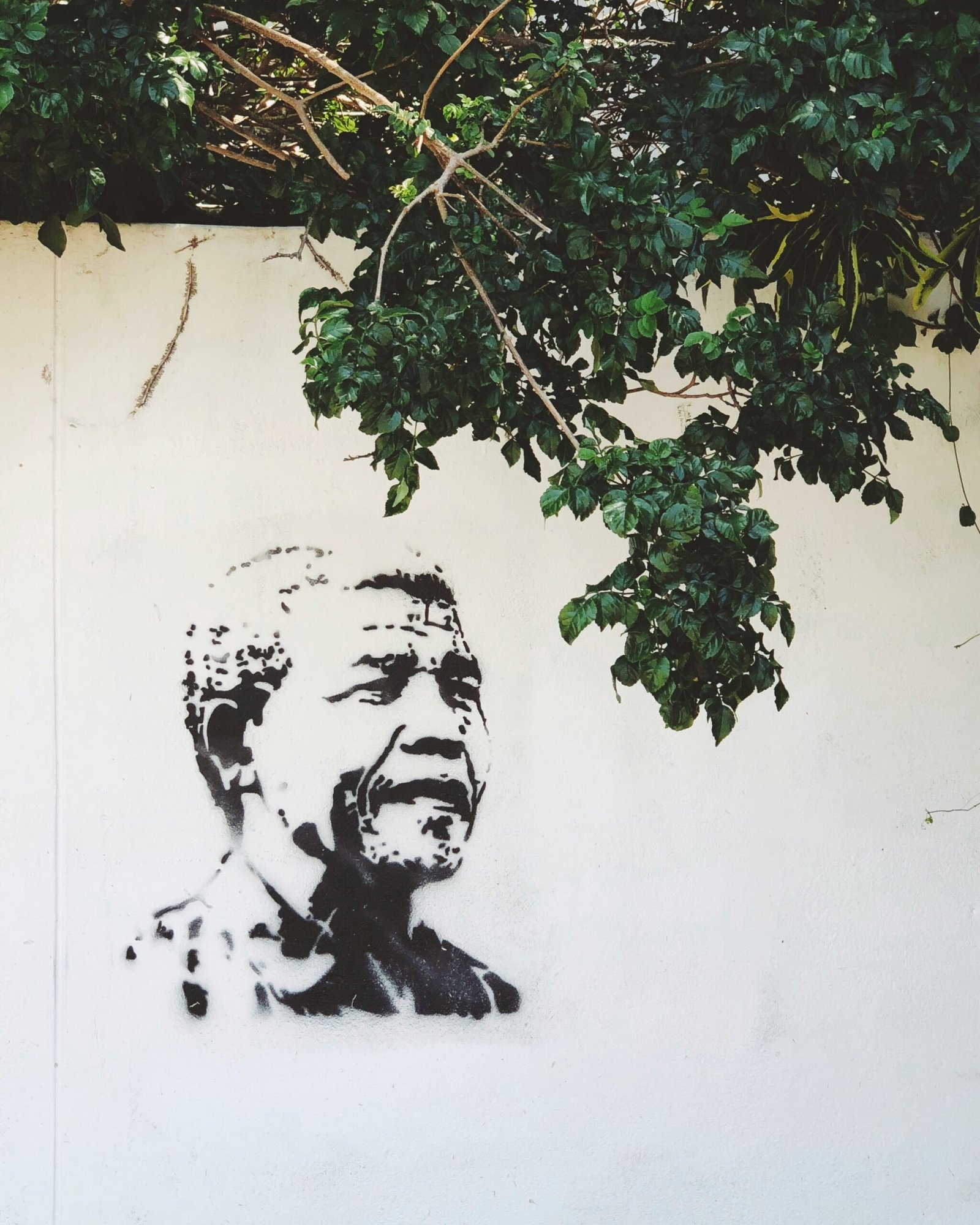Incident Overview and Initial Investigation
The tragic incident involving the crash of a World War II era Spitfire occurred on the afternoon of September 15, 2023. The aircraft, piloted by Flight Lieutenant James Thompson, went down in a field near the village of Little Rissington in Gloucestershire. Thompson, a seasoned pilot with over 15 years of experience in the Royal Air Force (RAF), had been participating in a routine training exercise when the unfortunate event transpired.
Eyewitnesses reported seeing the Spitfire flying at a low altitude before it suddenly plummeted towards the ground. Local resident Mary Collins described the scene as horrifying, stating, “The plane seemed to be struggling, and then it just nose-dived. It was over in seconds.” Emergency services were promptly dispatched to the crash site, with firefighters and paramedics arriving within minutes. Despite their swift response and valiant efforts to rescue Thompson, he was pronounced dead at the scene.
The initial investigation led by the RAF and the Air Accidents Investigation Branch (AAIB) has begun to piece together the events that led to the crash. Preliminary findings suggest that a mechanical failure might have played a significant role. However, investigators have not ruled out other potential causes such as human error or external factors. An RAF spokesperson stated, “We are conducting a thorough investigation to determine the exact cause of this tragic accident. Our thoughts are with Flight Lieutenant Thompson’s family and colleagues during this difficult time.”
Aviation experts have weighed in on the incident, noting that while the Spitfire is a historic and revered aircraft, its advanced age can pose certain risks. “Maintaining these vintage planes to operational standards is a challenge,” remarked Dr. Alan Roberts, an aviation historian. “Even with meticulous care, mechanical failures can happen.” Family members and colleagues of Thompson have expressed their grief and shared fond memories of his dedication and passion for flying.
As the investigation continues, the RAF and AAIB are committed to uncovering the precise factors that contributed to this heart-wrenching loss. Further updates will be provided as more information becomes available.
Historical Significance and Impact on the Aviation Community
The Supermarine Spitfire remains one of the most iconic aircraft of World War II, renowned for its pivotal role in securing Allied victory. Designed by R.J. Mitchell, the Spitfire’s advanced aerodynamics, powerful Rolls-Royce Merlin engine, and innovative elliptical wing design made it a formidable force in the skies. The Spitfire was instrumental during the Battle of Britain, where it helped the Royal Air Force (RAF) achieve air superiority over the Luftwaffe. Its agility, speed, and firepower earned it a lasting legacy as a symbol of resilience and technical prowess.
The recent crash of a World War II-era Spitfire, resulting in the tragic death of a British RAF pilot, has sent ripples through the aviation community. For historians and aviation enthusiasts, the Spitfire is not merely an aircraft; it is a tangible connection to a critical period in history. The incident has underscored the inherent risks associated with flying vintage aircraft, which require meticulous maintenance and skilled piloting to preserve their operational status. RAF officials and aviation historians emphasize the importance of these aircraft in educating future generations and honoring the sacrifices made during the war.
“The Spitfire is more than a machine; it embodies the spirit of an era marked by courage and innovation,” states Dr. Jonathan Edwards, a historian specializing in World War II aviation. “The loss of any Spitfire is a blow to our collective memory and the efforts to keep history alive.”
The crash has prompted discussions within the aviation community about revising safety protocols and flying regulations for vintage aircraft. Enhanced maintenance checks, stricter pilot training requirements, and more rigorous pre-flight inspections are potential measures under consideration. These changes aim to mitigate risks and ensure the continued safe operation of historical aircraft at airshows and commemorative events.
RAF Wing Commander Sarah Thompson reflects on the significance of maintaining these venerable aircraft: “Preserving and flying Spitfires is a tribute to the bravery of past generations. It’s crucial that we balance this legacy with the utmost commitment to safety.”
The incident has rekindled awareness of the Spitfire’s historical importance and the need for diligent preservation efforts. As the aviation community grapples with this loss, the enduring legacy of the Spitfire continues to inspire reverence and a renewed dedication to safeguarding these irreplaceable icons of history.












Thank you for sharing this detailed and insightful article. It has greatly enhanced my understanding of the topic.
Thank you for the auspicious writeup. It in fact was a amusement account it. Look advanced to more added https://brazz.org/ agreeable from you! By the way, how could we communicate?
Its like you read my mind! You appear to know so much about this, like you wrote the book in it or something. I think that you can do with a few pics to drive the message home a little https://brazz.org/ bit, but other than that, this is fantastic blog. A great read. I’ll certainly be back.